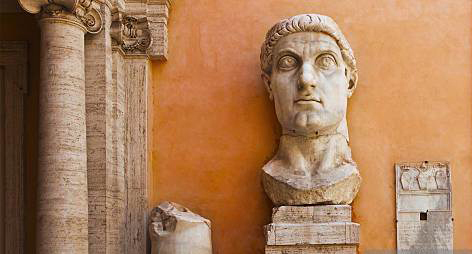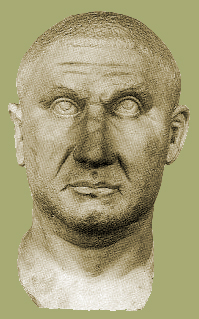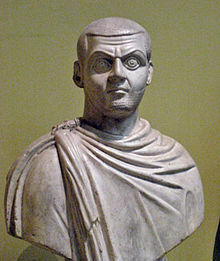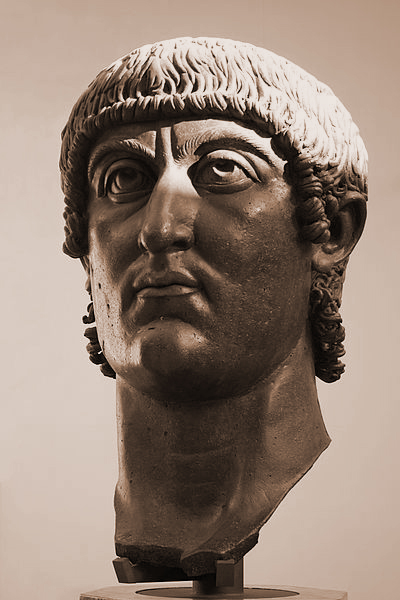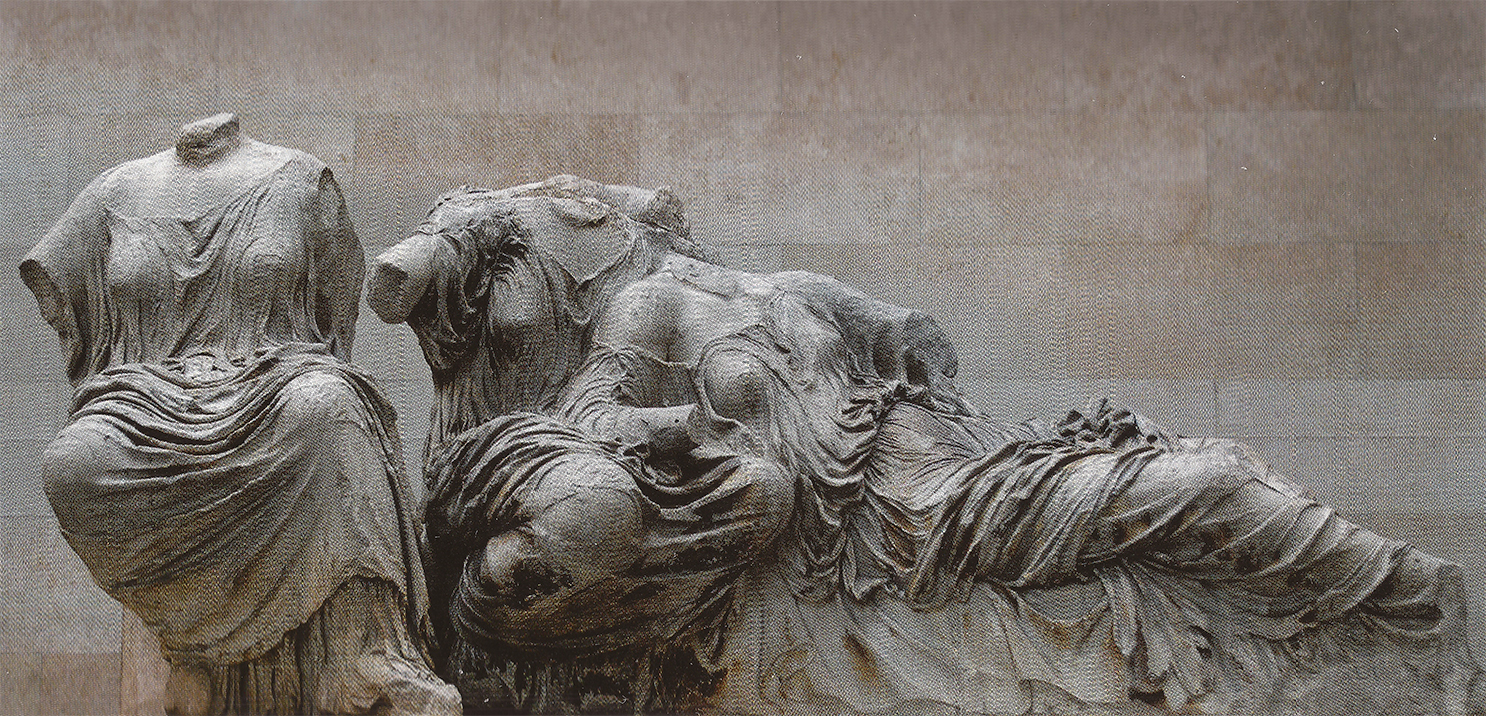Below, abridged translation from the first
volume of Karlheinz Deschner’s Kriminalgeschichte
des Christentums (Criminal History of Christianity)
Christian family life and rigours of criminal practices
The first Christian emperor, in addition to revealing himself as a great military leader, was consistent in the application of capital punishment, also emulated in this by Catholic theologians of all times, not excepting ours. In the year 310, the son of St. Helena [Constantine], is still assured by Christian historians of the second half of the 20th century that ‘few of his successors reached his political and human greatness’ (Baus) and that ‘in his private life he did no secret of his Christian convictions, leading an exemplary Christian family life’ (Franzen).
He had his father-in-law, Emperor Maximian, hanged in Massilia (Marseille) after which all the statues and images that represented him were destroyed.
He ordered to strangle his brothers-in-law Licinius and Basian, husbands of his sisters Constantia and Anastasia; in 336, he enslaved Prince Licianus, son of Licinius, who was then flogged and murdered at Carthage in 326.
He made Crispus, his son (from his spouse Minervina shortly before marrying Fausta) be poisoned along with ‘numerous friends of his’ (Eutropius); incidentally, a few months after the Council of Nicaea in which the symbol of faith was promulgated.
And finally, this paragon of human greatness accused of adultery with Crispus his own wife Fausta, mother of three children and two daughters, who was shortly before recognised on coins as ‘spes reipublicae’ (hope of the State); although nothing was demonstrated. She was drowned in a bath and all her properties of the old Lateran district adjudged definitively to the Pope.
‘Exemplary Christian life’, indeed (Franzen above)!
The Byzantine historian Zosimus, a diehard pagan whose well-documented history of the emperors is, together with Rerum gestarum libri XXXI of Ammianus, our main source of information on the events of the 4th century, claims that after the liquidation of his son and his wife the unpopularity of Constantine in Rome had become so great, that he preferred to change residence.
The decline of the Law became more acute during these 4th and 5th centuries of our era. The classical mentality of the pagan era was displaced by the vulgar right of the late Roman era and the legislation fell ‘to a level of unscientific primitivism’ (Kaser), which justifies the assertion of Jerome, doctor of the Church, ‘aliae sunt leges Caesaru Christi…’
During the republican period, the death penalty, although not formally abolished, was severely limited in its application. Under the Caesars, the tolerance was even greater. The emperor sanctioned, with the death penalty instead of the traditional exile, the publication of anonymous libels, and ordered that the tongue be ripped off from the slanderers, ‘the greatest plague of human life’ before executing them.
Constantine criminalised the kidnapping, until then a private crime. So that he not only condemned to death the abductor, and in a horrible way, but also the bride if she had consented; and also those who had acted as mediators, casting molten lead in the mouths of the slave owners and burning the slaves alive.

A modern depiction of Constantine
Shelley wrote: ‘The punishments promulgated by that monster, the first Christian emperor, against the pleasures of forbidden love were so unutterably grave that no modern legislator would even consider them against the worst crimes’. Constantine also authorised the interrogation through torture during the trials, ‘the methods envisaged were of extraordinary cruelty’ (Grant).
And if Diocletian forbade parents to sell their children as slaves, Constantine allowed it in cases of grave necessity and provided that it was made under a repurchase agreement. If a slave took liberty on his own and took refuge among the barbarians, once captured, they cut off his foot and sent him to forced labour in the mines, which almost always amounted to a death penalty.
